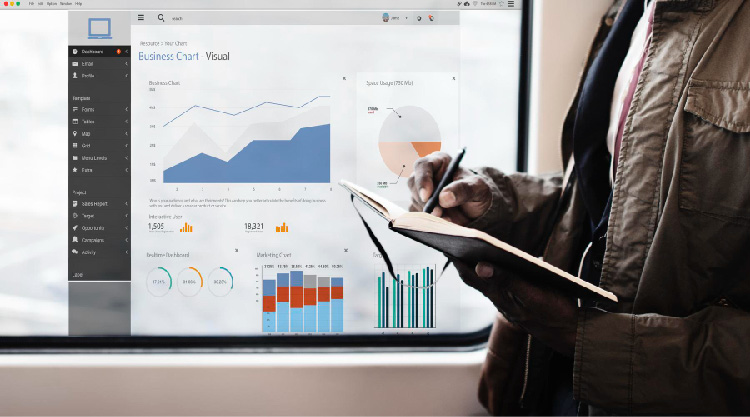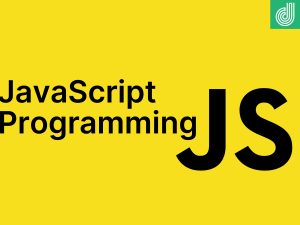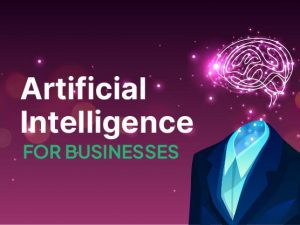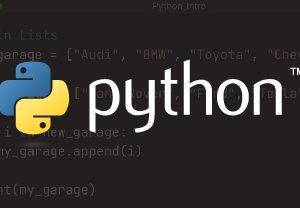Exploratory Data Analysis
- Description
- Curriculum
- FAQ
- Notice
- Reviews
- Grade

This hands-on course introduces you to Exploratory Data Analysis (EDA) using Python, helping you analyze, visualize, and interpret datasets effectively. Over three weeks, you’ll master essential Python libraries—NumPy, Pandas, and Matplotlib—to manipulate data, uncover patterns, and generate meaningful insights.
🔍 What You’ll Learn:
📌 Week 1: Data handling with NumPy & Pandas (loading, cleaning, and transforming datasets)
📊 Week 2: Data visualization with Matplotlib (creating insightful charts & graphs)
💡 Week 3: Hands-on projects applying EDA techniques to real-world datasets
By the end of the course, you’ll be able to confidently explore and analyze datasets, identify trends, and create compelling visualizations, setting a strong foundation for data-driven decision-making.
Prerequisites: 🐍 Basic Python programming knowledge.
-
3Introduction to NumPy
This lesson covers the basics of NumPy, a powerful Python library for numerical computing 🔢. You will learn how to create and manipulate arrays 🏗️, perform indexing and slicing ✂️, apply mathematical operations ➕➖✖️➗, conduct statistical analysis 📊, and reshape or transpose arrays 🔄. Additionally, you'll explore conditional filtering 🎯 to extract specific data efficiently. By the end of the lesson, you'll have a solid foundation for leveraging NumPy in data science and machine learning 🤖📈.
-
4NumPy Recording
-
5Quiz 1: Numpy
-
6Pandas Series and DataFrames
Pandas is a powerful Python library for data manipulation, analysis, and cleaning. It simplifies working with structured data, making it essential for data science, business analytics, and research.
🔹 Key Topics Covered:
✅ Pandas Series – A one-dimensional labeled array for handling single-variable data.
✅ Pandas DataFrame – A two-dimensional table for structured datasets (like Excel).
✅ Operations on Data – Sorting, filtering, statistical calculations, and transformations.
✅ Real-World Applications – Climate trends, sales analysis, healthcare insights, and more.📊 Why Learn Pandas?
Pandas allows you to quickly explore, clean, and analyze data, making it a must-have tool for any data-driven professional! 🚀 -
7Pandas Recording
-
8Quiz 2: Pandas
-
9Data Cleaning, Wrangling, Transformation, and Aggregation using Pandas & NumPy
This lesson covers essential data preparation techniques using Pandas and NumPy, including data cleaning, wrangling, transformation, and aggregation. You'll learn how to handle missing values, transform data types, engineer new features, and summarize datasets for analysis. By applying these techniques to real-world datasets from Kaggle, you'll gain practical skills for organizing and preparing data for meaningful insights and machine learning applications.
-
10Data Cleaning, Wrangling, Transformation, and Aggregation using Pandas & NumPy Recording
-
11Quiz 3: Data Preprocessing
-
12Types of Data in Data Cleaning
Before cleaning data, it’s important to understand the different types of data that we encounter in datasets. Data can be categorized into different types based on its nature and usage in analysis.
-
13Data Cleaning using WHO Life Expectancy Dataset
-
14Case Study (Part 1) : Data Cleaning using WHO Life Expectancy Dataset
-
15Case Study (Part 2) : Data Cleaning using WHO Life Expectancy Dataset
-
16Analyzing Amazon Sales Data
📊 Amazon Sales Analysis 🚀
Learn how to analyze e-commerce sales data to identify best-selling products, customer trends, and regional performance. 📈💰 Discover how pricing, discounts, and marketing impact sales, plus strategies for applying these insights to African e-commerce businesses. 🌍📦📲
-
17Amazon Sales Data Analysis
-
18Analyzing Global Terrorism Data
🚨 Uncovering Global Terrorism Trends with Data 🌍📊
Dive into the world of counter-terrorism analytics! This lesson explores global terrorism data to reveal attack patterns, affected regions, responsible groups, and the impact on society. Learn how data-driven insights can enhance security strategies and prevent future threats. 🔍🔐💡
-
19Terrorism Analysis
-
20Hotel Booking Analysis and Its Impact on the Hospitality Industry in Kenya and Africa
This lesson explores hotel booking data analysis and its impact on the hospitality industry in Kenya and Africa. It covers key insights such as booking trends, cancellation rates, customer segmentation, and revenue optimization. By leveraging data analytics, hotels can enhance pricing strategies, reduce cancellations, and improve guest experiences, ultimately boosting profitability and competitiveness. 📊✨
-
21Hotel Analysis
Productivity Hacks to Get More Done in 2018
— 28 February 2017
- Facebook News Feed Eradicator (free chrome extension) Stay focused by removing your Facebook newsfeed and replacing it with an inspirational quote. Disable the tool anytime you want to see what friends are up to!
- Hide My Inbox (free chrome extension for Gmail) Stay focused by hiding your inbox. Click "show your inbox" at a scheduled time and batch processs everything one go.
- Habitica (free mobile + web app) Gamify your to do list. Treat your life like a game and earn gold goins for getting stuff done!







